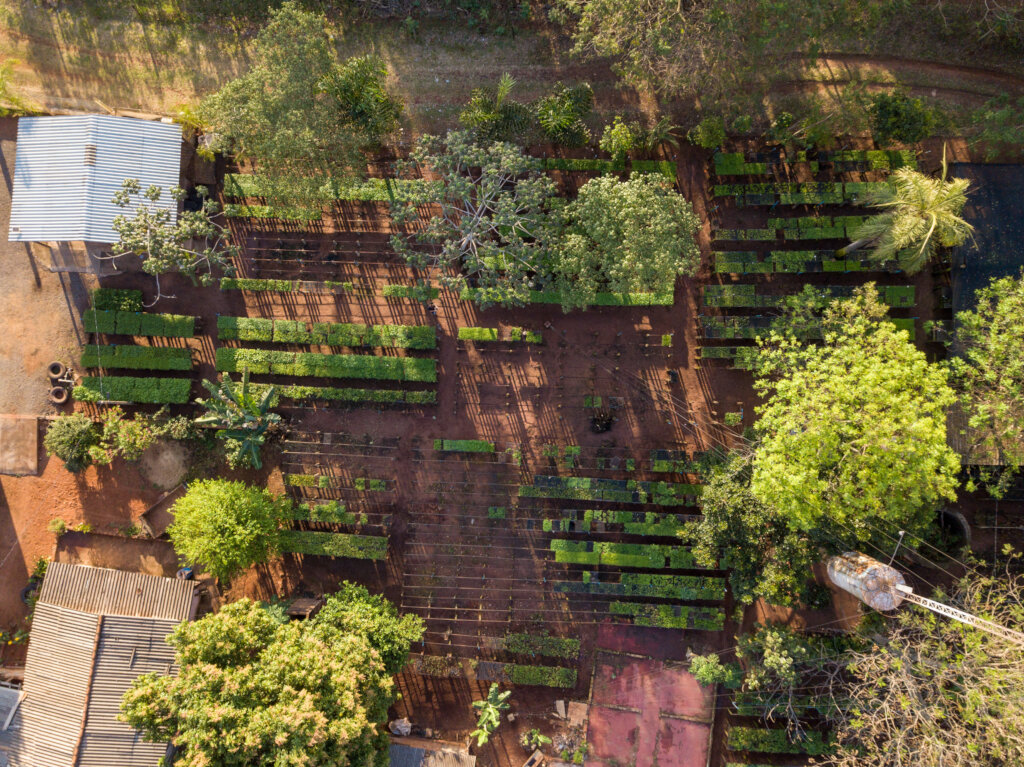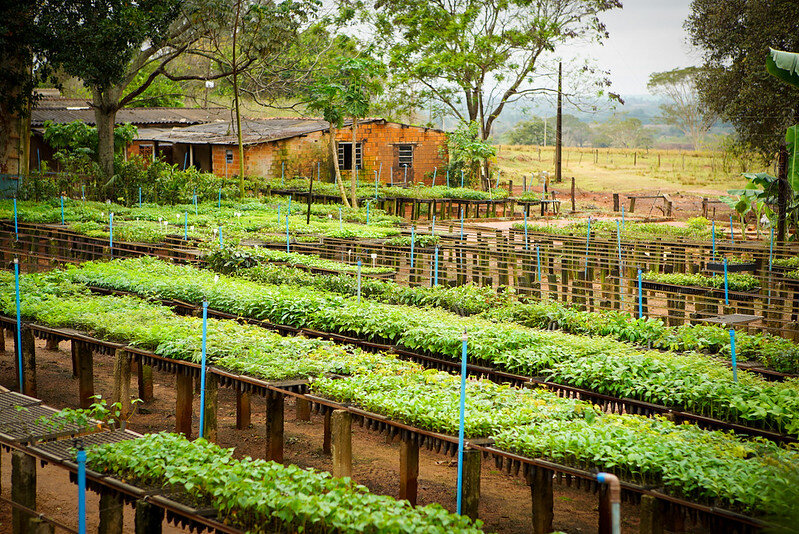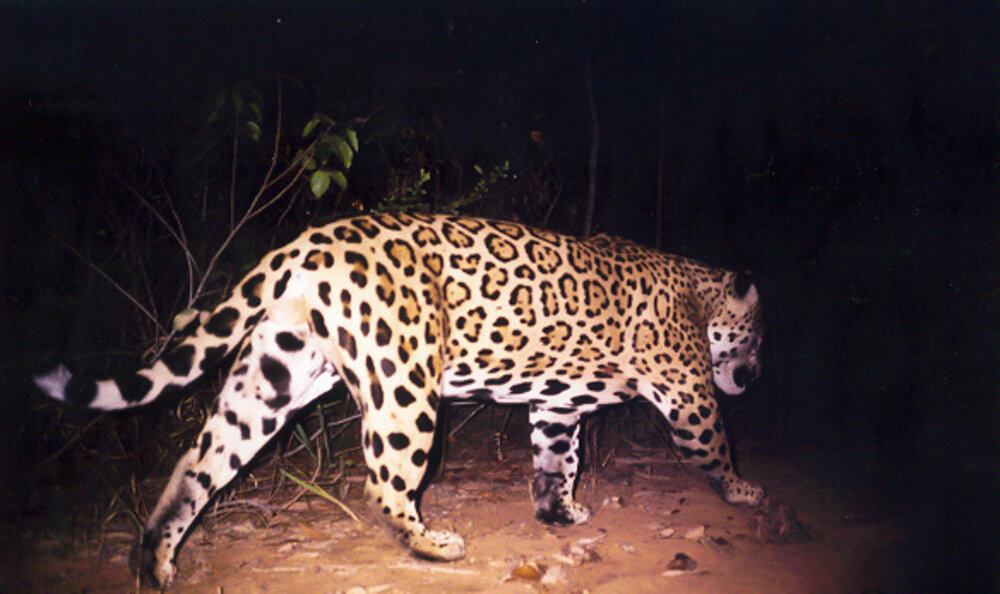By Gaetan Magrin | Sponsorships and Partnerships Coordinator
Your generosity is helping us restore some of South America's most threatened ecosystems while supporting local communities. Despite climate-related challenges, we’re proud to share some major milestones and updates from the field for 2024.
In Argentina, the Misiones Forest Restoration Project made great strides in 2024. Officially recognized by the Chamber of Representatives of Misiones Province, the project’s strategic importance is now more widely acknowledged. On the ground, direct conservation and tree planting interventions were undertaken in133 additional hectares, with over 132,000 native trees planted and 28 nurseries supported.
An extensive study showed that ecological recovery remains challenging: large mammals are still absent from the landscape, and natural regeneration is limited due to habitat fragmentation and invasive species. However, yerba mate agroforestry continues to expand. In 2024, 31 new households joined the project and 55 hectares were planted. A value chain diagnostic exercise laid the foundation for promoting more sustainable and profitable yerba mate production, while training workshops boosted community skills in biodiversity management.
Looking ahead to 2025, the team will complete Phase 1, restoring a total of 372 hectares and improving the livelihoods of 93 families, while planning for an expanded Phase 2.
This year, the Tietê Forests project in the state of São Paulo, Brazil restored 26 new hectares with over 21,000 native seedlings, pushing the total to more than 615,000 trees planted since the project began. A new fauna survey recorded over 500 bird species and 44 mammals, including several threatened species, showing early signs of biodiversity recovery.
Fourteen new families joined the project in 2024, actively engaging in agroforestry systems. These systems not only reduce pressure on the regenerating forestt but also help farmers grow fruits and vegetables for household consumption and sale. While several barriers were identified in 2024, including demanding physical work, interest remains high, and a new technical handbook is helping support implementation.
Wildfires and drought, exacerbated by El Niño, have damaged 66 hectares since the project began, but restoration teams are steadily replanting these areas. New partnerships are also in the works for 2025 to strengthen livestock-forest models and improve resilience.
Research collaborations and community "mutirões" (collective work events) are helping evaluate impact and build local capacity. Meanwhile, new discussions with project partners Auren Energia and COPROCAM are setting the stage for future expansion.
2024 brought a moment of celebration for the Pontal project, based in the Brazilian Amazon: the first-ever sighting of a jaguar in a restored corridor area! This incredible milestone underscores the impact of long-term forest restoration on wildlife conservation.
Together with IPÊ, we planted 15 hectares last year and maintained 482 more. In total, over 3.1 million native trees have been planted since the beginning of the project, helping restore or conserve over 1,300 hectares of the Atlantic Forest. An ecoacoustic monitoring study, conducted by Wildmon, confirmed that biodiversity is recovering steadily, with restored sites increasingly resembling native forests in sound and structure.
The project continues to generate strong economic benefits for local communities. Thirteen nurseries and 15 local enterprises brought in more than 2 million USD in income this year. New practices, like biodegradable "ecopots", were introduced to improve planting efficiency, and 169 people received training in restoration techniques.
Challenges like seedling survival and stakeholder coordination were met with expanded teams and improved governance. In 2025, the final 5 hectares will be planted, marking the conclusion of this successful 10-year partnership.
Thank you for helping make this all possible. Your support is restoring forests, protecting wildlife, and building a more resilient future for communities across Argentina and Brazil.
Links:
By Vienna Leigh | Communications Manager, WeForest
By Vienna Leigh | Communications Manager, WeForest
Project reports on GlobalGiving are posted directly to globalgiving.org by Project Leaders as they are completed, generally every 3-4 months. To protect the integrity of these documents, GlobalGiving does not alter them; therefore you may find some language or formatting issues.
If you donate to this project or have donated to this project, you can receive an email when this project posts a report. You can also subscribe for reports without donating.
Support this important cause by creating a personalized fundraising page.
Start a Fundraiser


